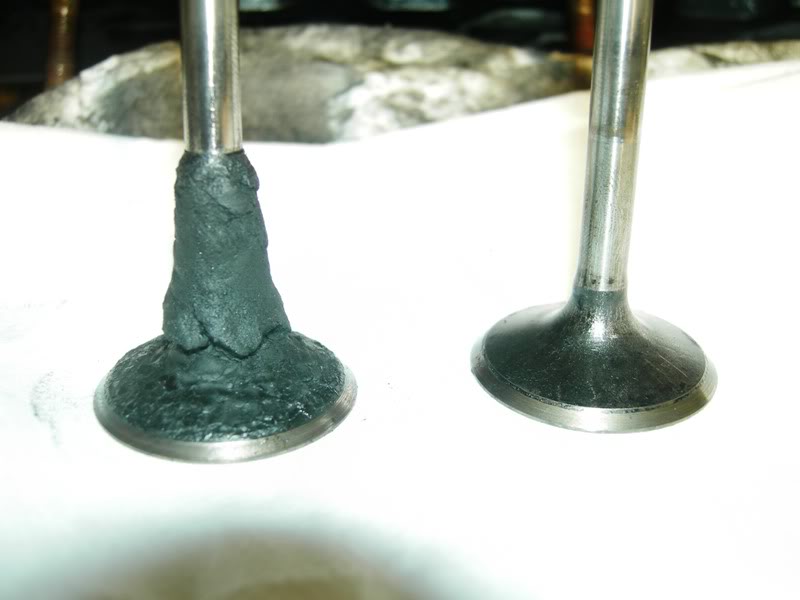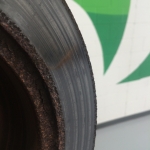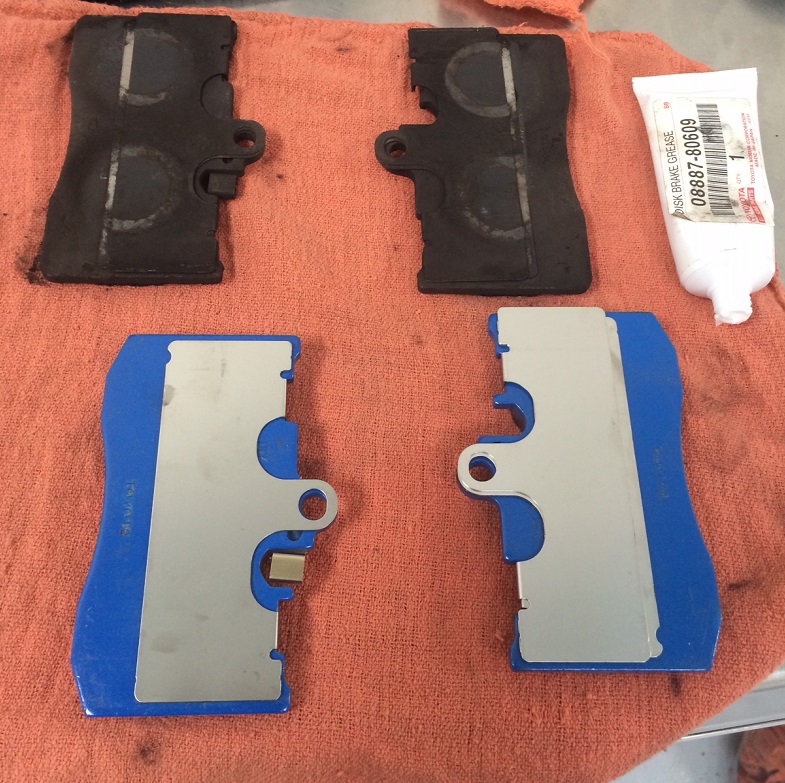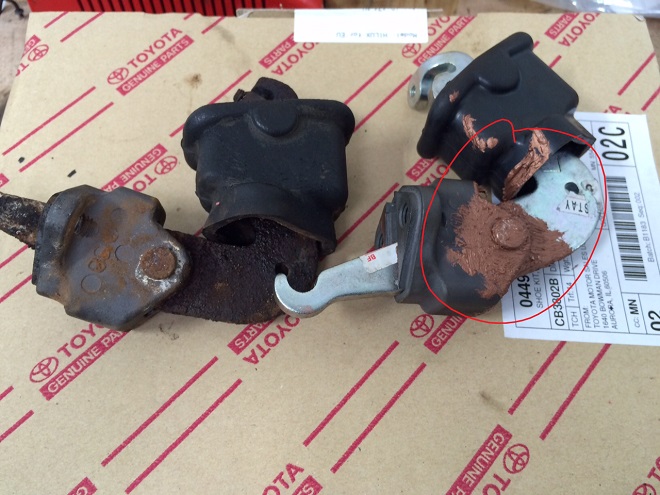CARspec now offers walnut blasting to clean the intake valves of IS250 and 2006 GS300 engines!
Since their introduction in 2006, the Lexus series of direct injection engines have become known for fouling intake valves with carbon deposits, leading to misfires, check engine lights and a rough idle. What is this condition, and what does CARspec recommend to prevent the condition? Read on to find out.
The Problem
The basic notion behind direct injection is simple: inject the fuel straight into combustion chamber and you gain fuel economy, power and reduce emissions. Prior to direct injection, fuel was injected upstream of the intake valve in the cylinder head port (called port injection), mixing as the fuel and air went past the intake valve into the cylinder.
With port injection, the fuel would clean the intake valve of deposits and varnish. Gasoline manufacturers specifically formulate gasoline with this in mind (ie. Top Tier, V-Power, etc brand names). But what happens when the fuel is no longer injected onto the intake valve like with direct injection?
Carbon buildup. The valve on the left shows what can linger on your intake valves due to a lack of cleaning. The carbon deposits can build up, break off, and cause internal damage (so much so that Lexus extended the warranty for the issue on some models).
Prevention
To prevent issues due to carbon buildup on your direct injection engine, CARspec recommends routine induction cleaning of the intake and intake valves every 60,000 miles, typically in conjunction with your 60,000 mile major service. Using a special metering tool, a cleaning solution is slowly drawn into the running engine, down the intake, across the intake valves and burned. This process dissolves existing deposits and allows the engine to burn and exhaust them without issue. We’re always happy to show any curious guest the process and hope this helps owners of direct injection Lexus engines understand the service needs of their engines better.






Interesting article on the induction cleaning, wud love to see how it is done or if you have an step by step procedure please forward.
thank you
capildeo
The setup is fairly simple – use vacuum to draw the cleaning solution into the intake manifold at the back vacuum service port. I’m more excited about the walnut shell cleaning we’re working on right now – there will be a big rightup with before and after pictures once we sort the process out on a test vehicle.